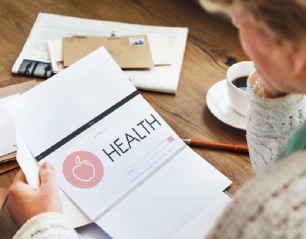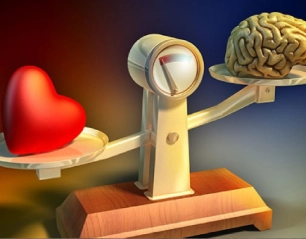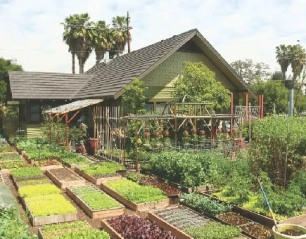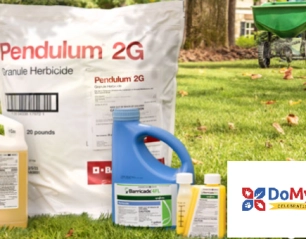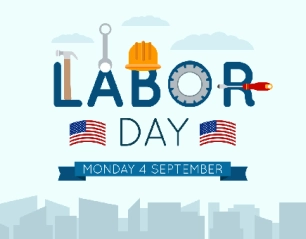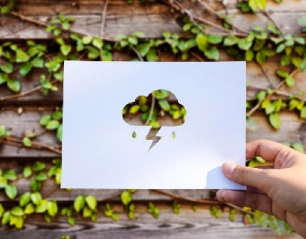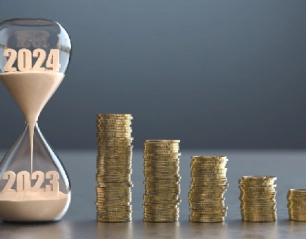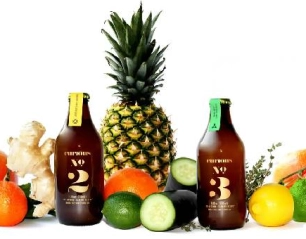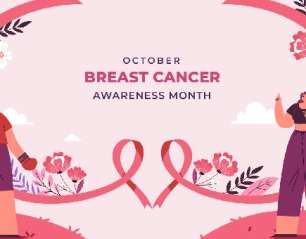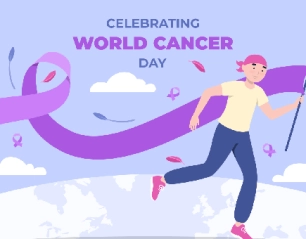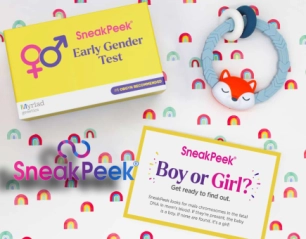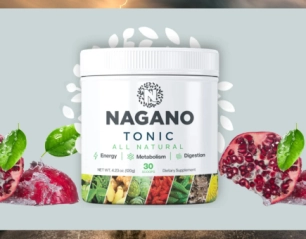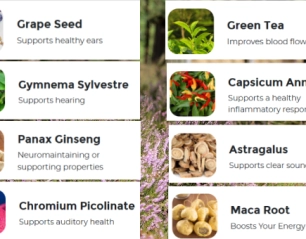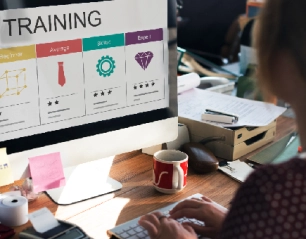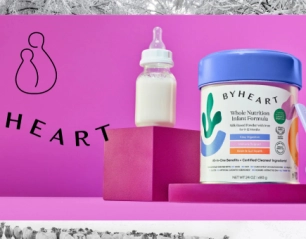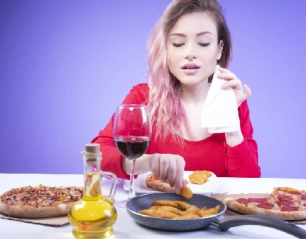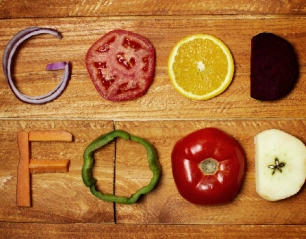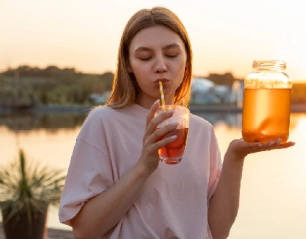In geographical extent, The Ocean is the largest and the deepest habitat on the planet occupying more than 70% of the world’s surface. This is for the provision of oxygen, control of climate and habitation of a range of marine creatures. Still, this crucial survival necessity is in jeopardy today because of the growing problem of plastic waste. Every year, millions of tons of plastics find their way to the seas, they affect aquatic life and are a potential threat to the human race. It is high time that we stood up for the ocean to support the fight against this increasing disaster.
The Levels of Pollution by Plastic
It originated at the beginning of the last century as the first synthesized polymer, but it has gone on to rapidly increase production over the last few decades. It is reported that annually, over 400 million tons of plastic are produced, most of which go to the dump. Sadly, between 8 and 10 million tons of plastics enter our oceans every single year, thereby destroying our environment. This waste collects according to circular currents forming vortices in the ocean the largest one being located in the Pacific Ocean and known as the Great Pacific Garbage Patch. We must remember here that plastic pollution is not merely limited to identifiable garbage. However, there is another not less dangerous and more concealed problem – microplastics, which means plastic particles smaller than 5mm in size. Concentrations of these particles exist from surface waters to deep-sea regions, and people now consume them unwittingly via seafood.
The Impact on Marine Life
Among the most affected by the use of plastics in the seas, oceans and rivers, it is the marine animals. It is quite common for marine species such as sea turtles that end up ingesting plastic bags mistaking them for jellyfish which they feed on. Eating the plastics will result in the blocking off the digestive tracts, leading to starvation and ultimately death.” Likewise, seabirds, whales and dolphins entangled in abandoned fishing gear, choke or drown online or consume plastic which may cause internal injuries. Climate change and ocean acidification also impact, coral reefs which are already vulnerable. Flotsam and jetsam can either smother the corals or hinder their access to light, and also introduce diseases-causing agents. Damage to coral reefs destroys an entire ecosystem and the millions of people who depend on it, for fish, and sources of income.
Human Health at Risk
With a terrible outlook on lifestyles, the pollution of plastics does not only affect aquatic life, but human life as well. If at all microplastics get into the food chain then the seafood we consume is at risk. Researchers report that microplastics can be present in fish, shellfish and even in sea salt. Such small droplets can contain dangerous chemicals which may over time cause health complications like cancer, hormonal imbalances, problems with the immune system and the like. However, there is more, plastic pollution has an economic price too and it seems to be rather high. Marine littoral societies, fishers, and tourists suffer the consequences of cleaning up the affected places and financial losses in degraded ecosystems. The World Economic Forum has projected plastic pollution to be costing the world $13 billion per year.
Causes of Plastic Pollution
There is so much emphasis on the need to understand the causes of the use of plastics in a bid to provide solutions. Common products that pose the biggest threat include carrier and check-out bags as well as bottles, straws, and special packaging materials that are used only once. These kinds are characterized by convenience yet most of them are disposed of after one use thus exacerbating the issue of wastage. Inadequate mechanisms of waste disposal keep the problem going. In many regions, there is poor recycling organization, and much plastic waste ends up polluting the environment. Furthermore, the practice of dumping waste without proper disposal and littering results in the shedding of plastics into the sea. Rivers are channels and they ferry the plastics from the land to the sea.
Plastic Pollution Control
The governments, producers, and consumers will have to tackle the complex issue of plastic pollution. Here are some effective strategies:
Policy and Legislation
Governments themselves bear great responsibility for the elimination of plastic pollution. Measures like the prohibition of the use of plastic products, charges on plastic carry bags and incentives for undertaking recycling exercises greatly minimize production and irresponsible disposal of plastics.
Corporate Responsibility
Companies need to work towards the cause of cutting their plastic use if the problem is to be solved. They are able to innovate; for example, by designing production to be biodegradable or by creating reusable packaging systems. Another innovative policy is Extended Producer Responsibility (EPR), which makes producers take a fair share of responsibility for the products they deliver throughout their whole life cycle.
Community Action
It is important that all individuals take an active role in creating a change and so community activities and campaigns play a major role. Cleanup activities on the beaches, recyclable material collecting, and public enlightening activities enable the public to take an active part. Charities like The Ocean Cleanup are already trying to clean oceans, and they are good examples of cooperation.
Individual Choices
It’s with this perception that every person has a role to play when it comes to reducing plastic pollution. Other important actions include cutting down the use of plastics, transporting reusable bags and bottles and discharging them properly. Consumers should continue supporting brands and products that reflect a better environmental impact because the action communicates loudly to the companies and decision-makers.
The Role of Technology
Innovations present the best opportunity to address the problem of plastic pollution. Chemical recycling or even more so solvolysis can decompose or break down plastics and use the individual components separately again. There is potential for biodegradable plastics based on natural sources such as cornstarch or algae to be substituted for conventional plastics. Further, technologies such as drones, artificial intelligence or robotics have been employed to oversee and also collect plastics. For instance, self-driving devices can pick up plastic wastes from water channels thus reducing chances of encountering oceans.
The Path Forward
The fight against plastic pollution is not over but is being won somewhere. US policy frameworks and treaties like the United Nations’ Global Plastic Treaty are currently used to foster a global action plan on the problem of plastic waste. It is for this reason that global, industrial, and community cooperation is key in fighting this kind of problem. It’s the knowledge and its spread. The existing knowledge of how plastic pollution harms the oceans can inspire individuals and organizations to make a positive change, in terms of the amounts of plastic being consumed. This means that future generations will learn about sustainability, and the war against plastic pollution will continue.
Conclusion
Seas are life support systems of the earth supplying our food needs, moderating weather and supporting bio-diversity. Still, they continue to be threatened by an increasing flow of plastics into the seas and oceans. The implications are disastrous for marine species and for human health, as well as for the global economy. Addressing this crisis must come from all sectors- the national, corporate, local, and people. Now is the time to act. This infographic shows that this can be achieved through positive practices, policy change, and the support of inventions for sustainable change against plastic pollution. The oceans require some assistance and today, everyone must help out in conserving the seas for generations to come. Of course, we can combine them to achieve a better world – cleaner, healthier, and more sustainable.
Frequently Asked Questions (FAQs)
Plastic pollution is the gathering and collecting of plastic waste in nature, particularly in oceans. It harms marine animals, disturbs natural ecosystems, and finally brings health effects on humans through food.
Individuals should contribute to reducing the usage of single-use plastics, proper recycling, use of reuse items, and support all eco-friendly and brands policies.
Microplastics are mini particles or pieces of plastics that pollute oceans and find ways into the marine food chain. They can carry toxic compounds, which harm aquatic organisms and also may damage human health.
Was this helpful?











































